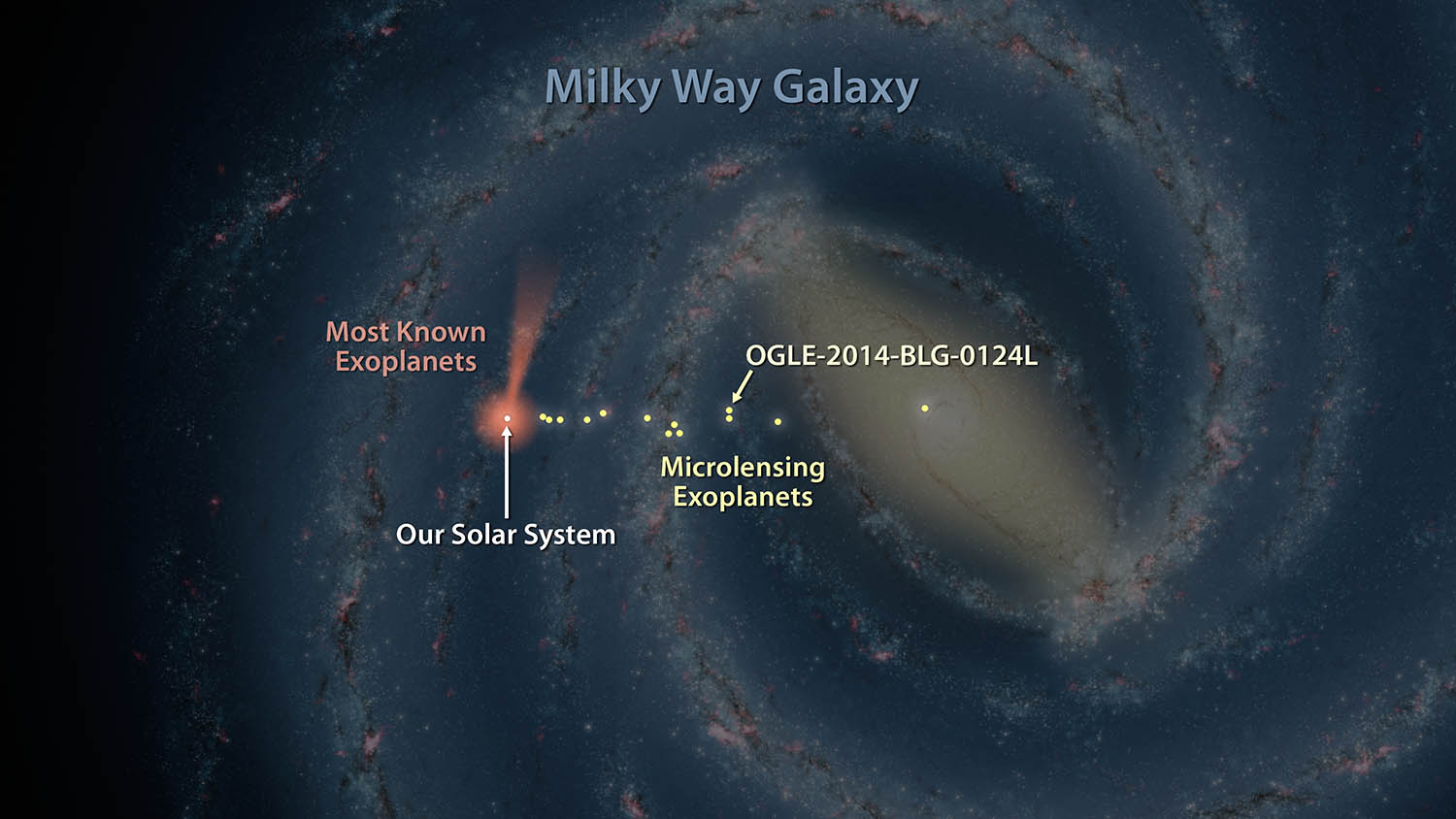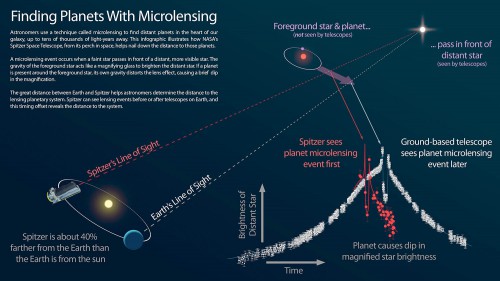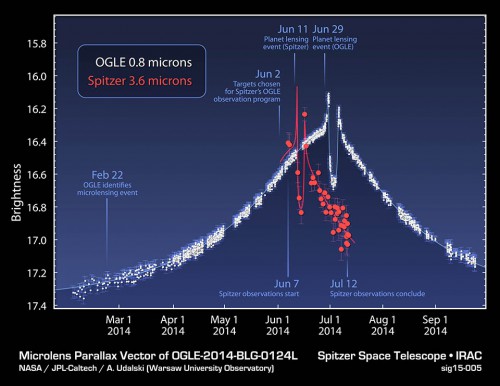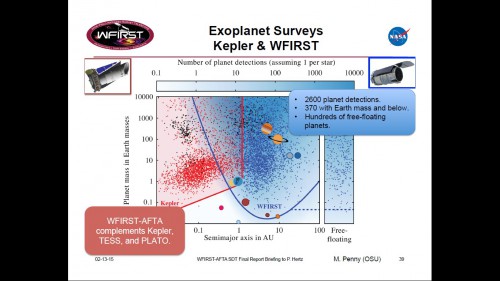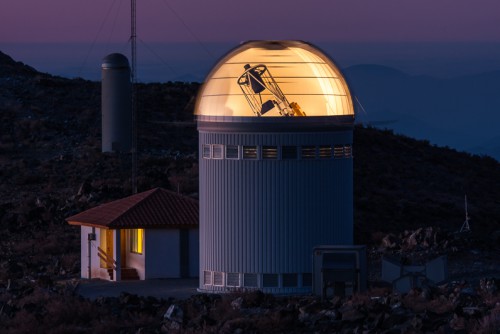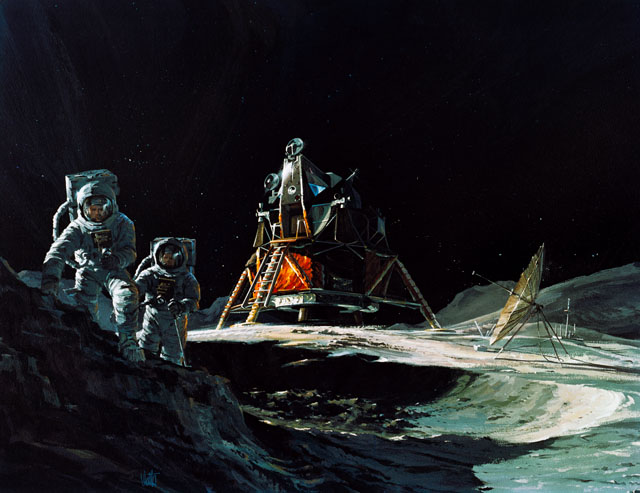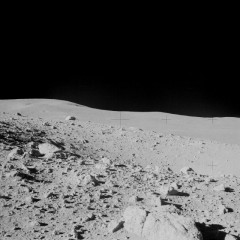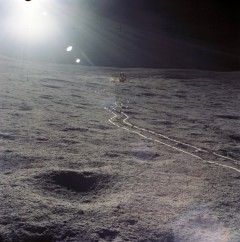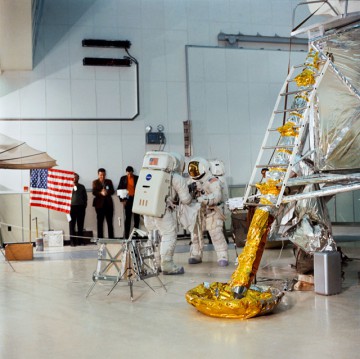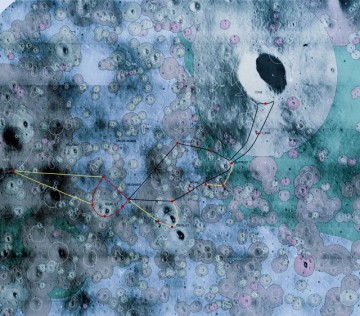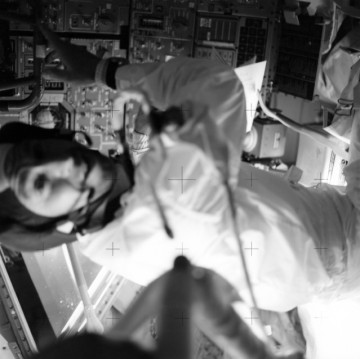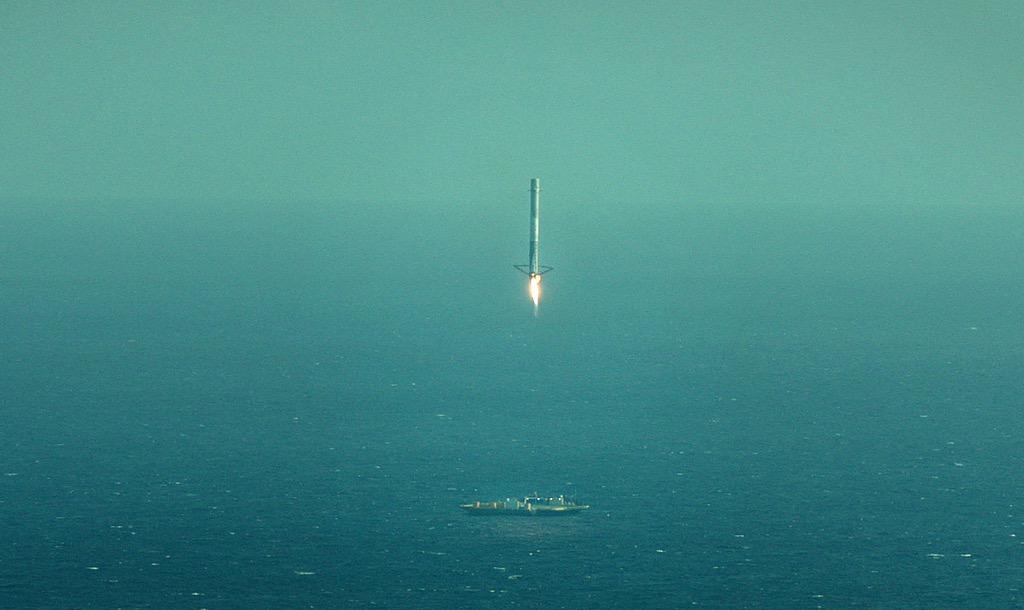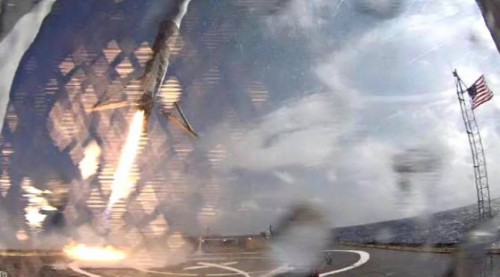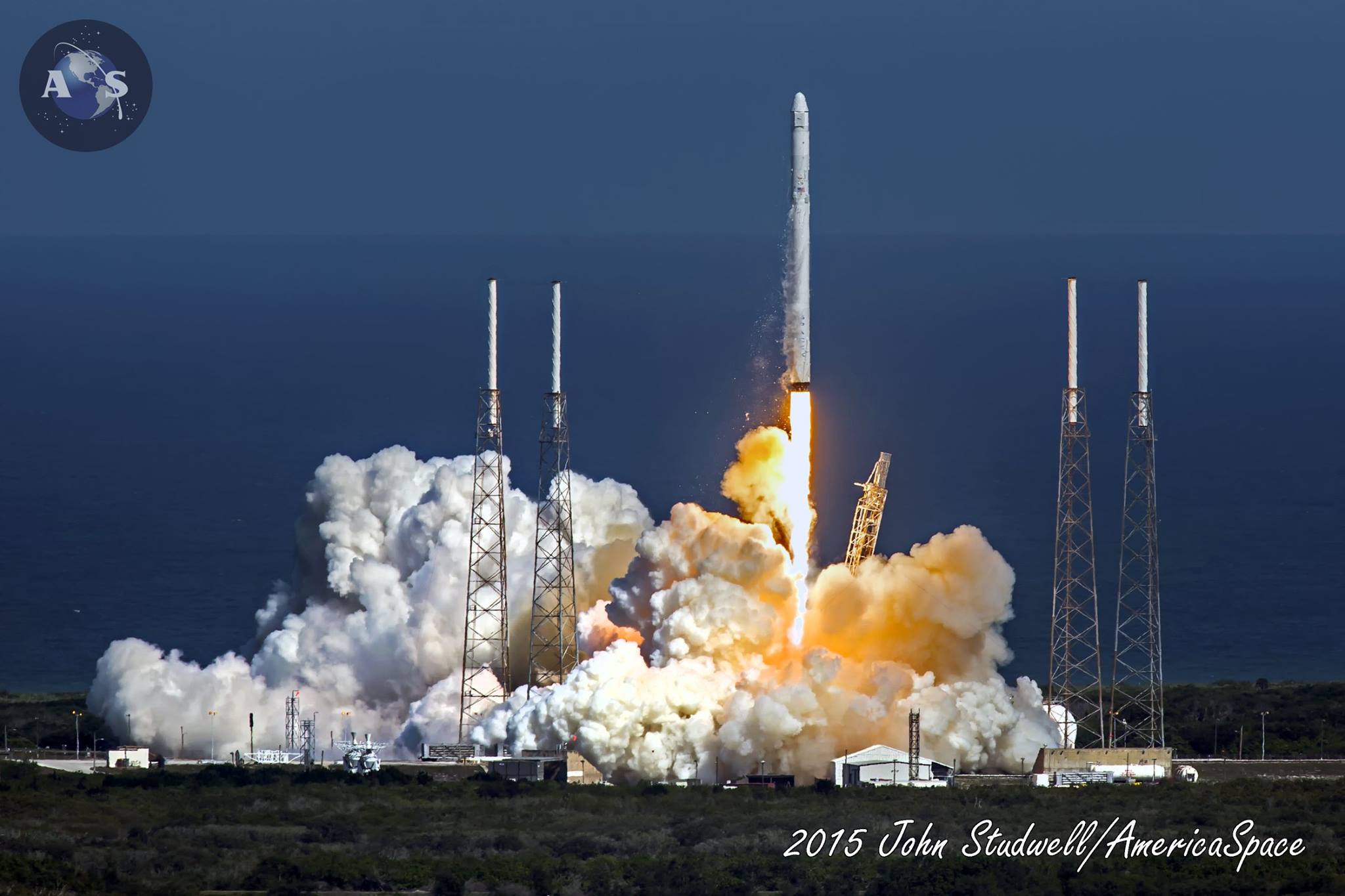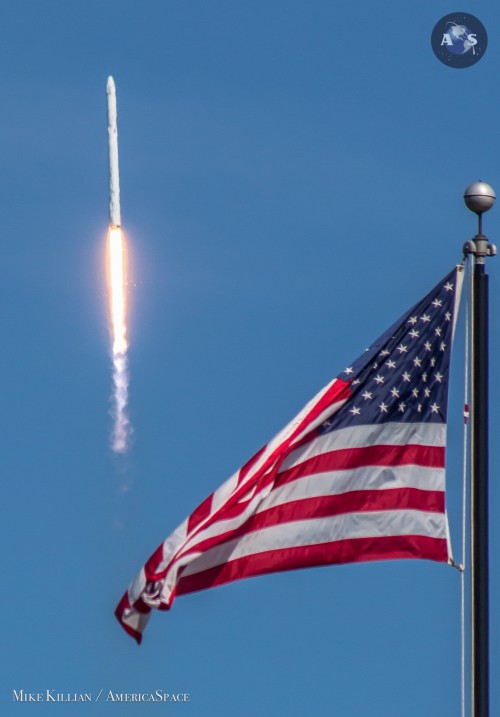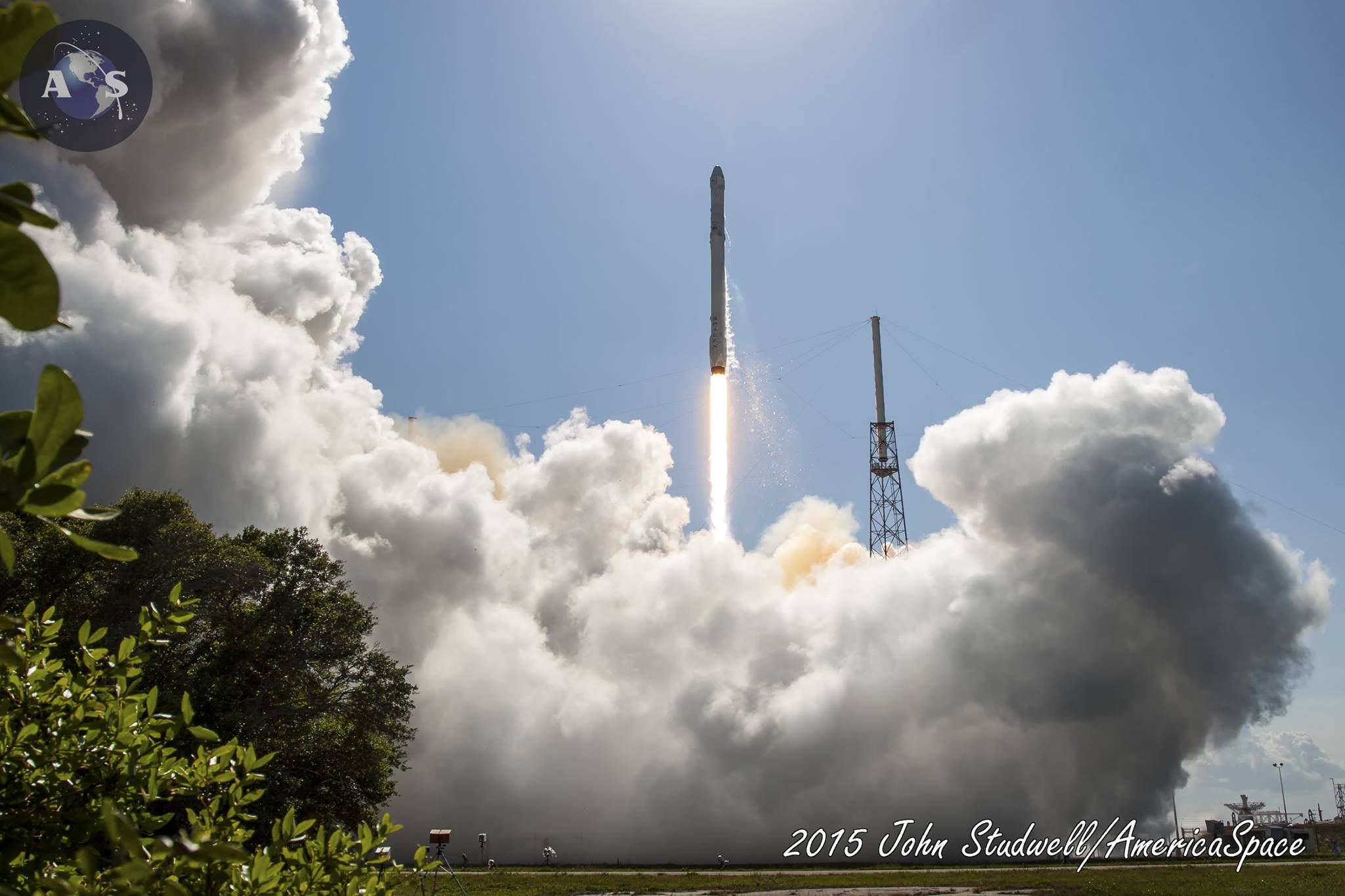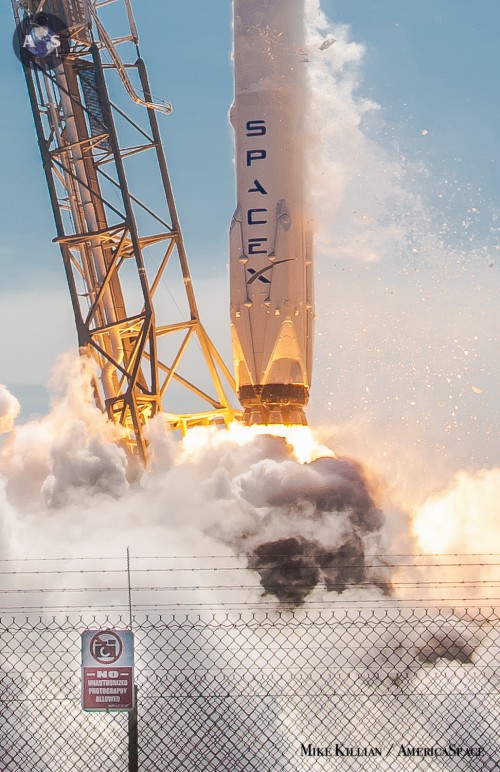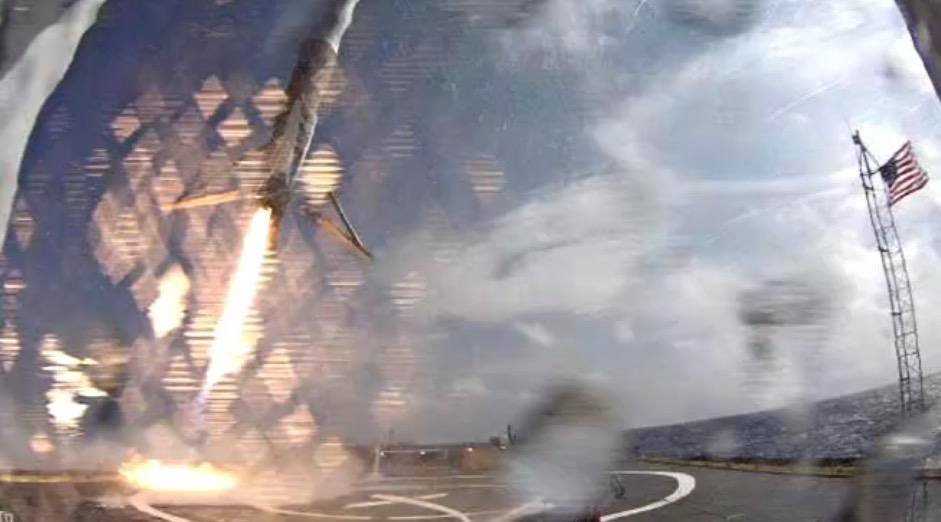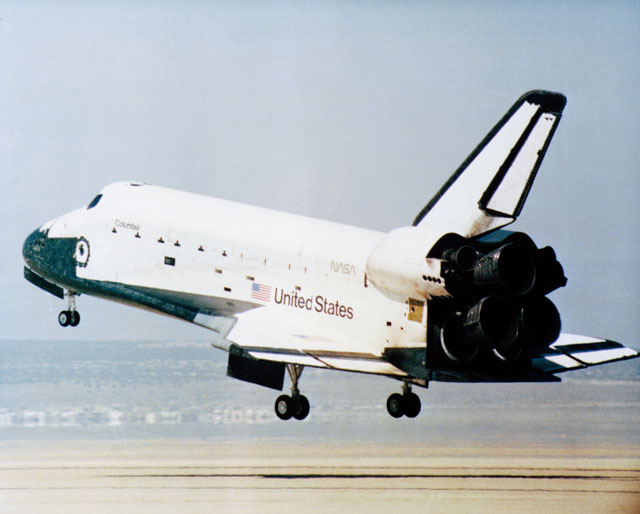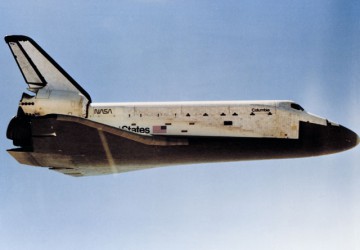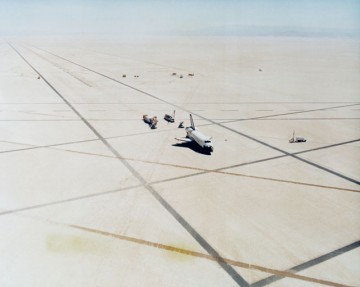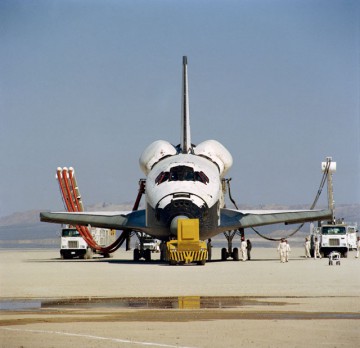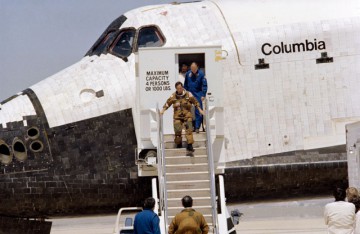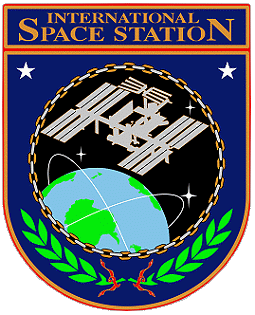
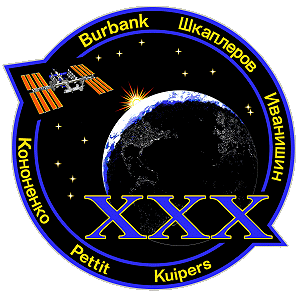
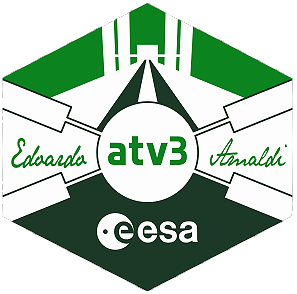
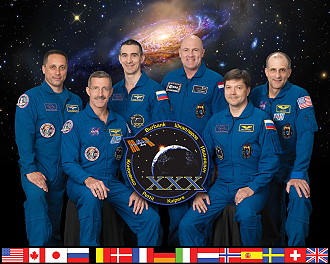
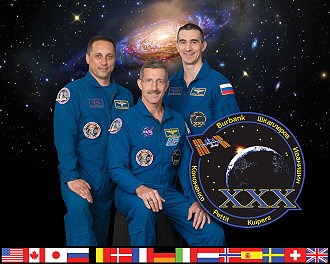
| No.: | 1 | 2 |
| Nation: |  |  |
| Surname: | Burbank | Ivanishin |
| Given
names: | Daniel Christopher | Anatoli Alekseyevich |
| Position: | ISS-CDR | Flight Engineer |
| Spacecraft
(Launch): | Soyuz TMA-22 | Soyuz TMA-22 |
| Launch
date: | 14.11.2011 | 14.11.2011 |
| Launchtime: | 04:14
UTC | 04:14
UTC |
| Spacecraft (Landing): | Soyuz TMA-22 | Soyuz TMA-22 |
| Landingdate: | 27.04.2012 | 27.04.2012 |
| Landingtime: | 11:45
UTC | 11:45
UTC |
| Mission
duration: | 165d 07h 31m | 165d 07h 31m |
| Orbits: | 2580 | 2580 |
| 3 | 4 | 5 |
 |  |  |
| Shkaplerov | Kononenko | Pettit |
| Anton Nikolayevich | Oleg Dmitriyevich | Donald Roy |
| Flight Engineer | Flight Engineer | Flight Engineer |
| Soyuz TMA-22 | Soyuz TMA-03M | Soyuz TMA-03M |
| 14.11.2011 | 21.12.2011 | 21.12.2011 |
| 04:14
UTC | 13:16
UTC | 13:16
UTC |
| Soyuz TMA-22 | Soyuz TMA-03M | Soyuz TMA-03M |
| 27.04.2012 | 01.07.2012 | 01.07.2012 |
| 11:45
UTC | 08:14
UTC | 08:14
UTC |
| 165d 07h 31m | 192d 18h 58m | 192d 18h 58m |
| 2580 | 3007 | 3007 |
| 6 |
 |
| Kuipers |
| André |
| Flight Engineer |
| Soyuz TMA-03M |
| 21.12.2011 |
| 13:16
UTC |
| Soyuz TMA-03M |
| 01.07.2012 |
| 08:14
UTC |
| 192d 18h 58m |
| 3007 |
unofficial Backup Crew
| No.: | 1 | 2 |
| Nation: |  |  |
| Surname: | Acaba | Padalka |
| Given
names: | Joseph Michael | Gennadi Ivanovich |
| Position: | ISS-CDR | Flight Engineer |
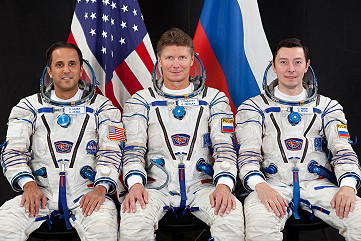
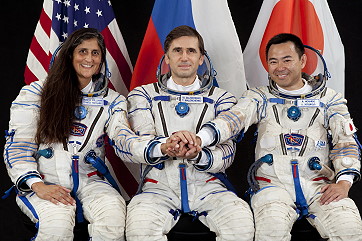
Launch from the Baikonur Cosmodrome (Oleg Kononenko, Donald Pettit and André Kuipers with Soyuz TMA-03M). Anton Shkaplerov, Anatoli Ivanishin and Daniel Burbank were onboard since November 16, 2011 (arrival with Soyuz TMA-22).
ISS Expedition 30 began with the undocking of spacecraft Soyuz TMA-02M on November 21, 2011 at 23:00 UTC. The former Expedition 29 (Sergei Volkov, Michael Fossum and Satoshi Furukawa) returned safely to Earth.
With the arrival of Soyuz TMA-03M on December 23, 2011 at 15:19 UTC the Expedition 30 became a six-person-crew. Soyuz TMA-03M carried Oleg Kononenko, Donald Pettit and André Kuipers to the space station.
On December 21, 2011, Expedition 30 Commander Daniel Burbank observed a pass of the comet C/2011 W3 Lovejoy. The comet was initially thought to be in a destructive orbit around the sun, and passed within 140,000 km (87,000 mi) of the sun's surface. However, the comet ultimately survived its encounter with the sun.
Progress M-14M was launched at 23:06 UTC on January 25, 2012. About 529 seconds after launch, the spacecraft separated from the Soyuz-U into a low Earth orbit with a target perigee of 193 kilometers (120 mi), apogee of 275 kilometers (171 mi) and 51.66 degrees of inclination. It spent a little over two days in free-flight, during which time it conducted two main engine burns and a firing of its maneuvering thrusters to raise its orbit before docking with the Pirs module of the International Space Station on January 28, 2012 at around 00:09 UTC; the docking port having been vacated by Progress M-13M on January 23, 2012.
Progress M-14M undocked on April 19, 2012 at 11:04 UTC from the Pirs Module, making way for Progress M-15M. Unlike most Progress departures, Progress M-14M spent additional time on orbit in order to carry out the "Radar-Progress" experiment, sounding the ionospheric environment as modified by thruster firings. The experiment was conducted by the Siberian Institute of Solar-Earth Physics of the Russian Academy of Science. The radar participating in the experiment is located in the Irkutsk region in southern Siberia. The Progress M-14M spacecraft was deorbited on April 28, 2012 at around 13:46 UTC and sank in the Pacific Ocean upon its reentry.
An EVA was performed by Oleg Kononenko and Anton Shkaplerov on February 16, 2012 (6h 15m). The tasks included: space crane Strela 1 relocation from DC1 to MRM2, using Strela 2, jettison MLI (Multi-Layer Insulation) cover, installing the Strela 1 on MRM2 (to aid future EVAs), stowing Strela 2 at DC1, installing the Vinoslivost Materials Sample Experiment on the DC1, taking a sample from the MLI insulation of the SM to look for any signs of living organisms and collecting one (of two planned) samples from the "Test" experiment.
On March 24, 2012 NASA’s Expedition 30 Commander Daniel Burbank and Russian cosmonauts Anton Shkaplerov and Anatoli Ivanishin entered their Soyuz TMA-22 spacecraft attached to the Poisk module on the space-facing side of the Zvezda service module, while cosmonaut Oleg Kononenko, NASA’s Donald Pettit and André Kuipers of the European Space Agency settled into their Soyuz TMA-03M spacecraft on the Earth-facing side of the Zarya module to wait for the debris to pass, after which they exited their respective spacecraft and resumed their normal duties. It is the third time in station history that a crew has had to shelter in their Soyuz return craft due to the possibility of a conjunction with orbital debris and the first since June 2011. The debris was initially tracked on March 23, 2012 morning, but the late notification to the flight control team of a possible conjunction between the debris and the station precluded planning for a maneuver to steer clear of the object which was predicted to pass about 23 kilometers from the complex at its closest approach on March 24, 2012
The Edoardo Amaldi ATV, or Automated Transfer Vehicle 003 (ATV-003), was a European unmanned cargo resupply spacecraft, named after the 20th-century Italian physicist Edoardo Amaldi. The spacecraft was launched by the European Space Agency (ESA) on March 23, 2012, on a mission to supply the International Space Station (ISS) with propellant, water, oxygen, and dry cargo. Edoardo Amaldi was the third ATV to be built, following Jules Verne (2008) and Johannes Kepler (2011). At the time of its launch, it was the world's largest single operational spacecraft, with a total launch mass of over 20 tons (44,000 lb).
The ATV docked with the ISS on March 28, 2012, five days after its launch. In addition to resupplying the Expedition 30 astronauts, Edoardo Amaldi used its thrusters to boost the station's altitude. The ATV was initially planned to undock from the ISS on September 25, 2012. However, a command program error during the undocking procedure delayed the release, and Edoardo Amaldi did not actually undock until 21:44 UTC on September 28, 2012. The spacecraft finally deorbited and performed a destructive re-entry over the Pacific Ocean on October 04, 2012, taking with it a payload of station waste.
Progress M-15M was launched on time at 12:50:24 UTC on April 20, 2012 from the Baikonur Cosmodrome in Kazakhstan. Ten minutes after liftoff, the Soyuz-U Rocket carrying Progress M-15M successfully delivered the spacecraft to orbit to begin its International Space Station (ISS) Resupply Mission. Progress M-15M was inserted into a 193.68 x 256.52 km x 51.63 deg. inclination orbit.
Five Maneuvers were conducted to refine the orbit of Progress M-15M before rendezvous operations started early on April 22, 2012. Progress M-15M docked with the ISS on April 22, 2012 at 14:39 UTC to the Pirs Docking Compartment Nadir Port. The port was vacated on April 19, 2012 by Progress M-14M. Fully automated rendezvous and docking operations using the Kurs docking system aboard the ISS and the Progress, drove the spacecraft to the linkup at orbital sunset. During the docking the ISS and Progress M-15M were orbiting 249 miles above northern China. Hooks and latches were engaged a few minutes after docking to firmly secure the spacecraft to the ISS.
On July 22, 2012, Progress M-15M undocked from the Pirs Docking Compartment and tried to perform a re-rendezvous two days later to test the new Kurs-NA navigation antenna. The undocking from the space station's Pirs compartment occurred around 20:27 UTC. The undocking occurred 255 miles over eastern Mongolia.
Progress M-15M was packed with 2,703 pounds of equipment, food, clothing, life support system gear ("dry" cargo), 1,988 pounds of propellant to replenish reservoirs that feed the Russian maneuvering thrusters, 926 pounds of water and some 110 pounds of oxygen and air. Among the cargo items inside the Progress, there was a special present for the Russian cosmonaut Gennady Padalka, who arrived at the ISS on May 15, 2012 and is expected to celebrate his 54th birthday in orbit on June 21, 2012.
Kurs is the system used by Progress spacecraft for automated rendezvous and docking with the space station. In addition to its current Kurs-A antennas, Progress M-15M was also fitted with a new antenna system known as Kurs-NA. The first Progress M-15M docking to the space station used the traditional Kurs-A. It was decided as such to ensure that Progress' cargo would not go wasted, should the new Kurs-NA system fail. Kurs-NA system is more power efficient than its predecessor, Kurs-A. It also replaces the function of five existing Kurs-A antennas into one antenna, thus allowing for the removal of four antennas from future Progress and Soyuz spacecraft. Getting rid of these antennas will reduce the risk of a docking failure as some are deployed post-launch and one is retracted prior to docking since it extends forward of the Progress docking interface.
The redocking was scheduled for 01:57 UTC on July 24, 2012. However it was aborted after equipment aboard the Progress spacecraft failed a self-test. The problem occurred at 01:23 UTC while the KURS-NA system was being activated. The issue forced the spacecraft into a passive abort mode as designed under safety protocols. At the time of the abort ISS and Progress were flying 9.3 miles apart. Two orbits after the abort, Russian flight controllers commanded the automated rendezvous system to re-activate for the collection of data. A second redocking attempt had to be delayed till July 28, 2012 to de-conflict with the arrival of the Japanese Kounotori 3 spacecraft at the ISS on July 27, 2012. A likely cause for the aborted rendezvous was pointed at lower than expected temperatures on Progress M-15M. As a solution to the issue, Russian engineers turned on all available heaters on the spacecraft, which kept Progress M-15M at a constant 22 degrees, which in turn resulted in Kurs-NA activating successfully, paving the way for the second docking attempt. When Kurs-NA was successfully activated at 23:00 UTC on July 28, 2012, it locked on to the passive Kurs-P on the Zvezda service module of the ISS. The re-rendezvous, fly-around and docking to the space station's Pirs compartment successfully occurred at around 01:00 UTC on July 29, 2012. During the time of the docking the ISS and the Progress was flying above the Earth to the west of New Guinea.
The Progress departed the space station for the second and final time on July 30, 2012 at 21:16 UTC.
Expedition 30 / 31 continued to expand the scope of research aboard the International Space Station now that assembly of the orbiting laboratory is complete.
As with prior expeditions, many investigations are designed to gather information about the effects of long-duration spaceflight on the human body, which will help us understand complicated processes such as immune systems with plans for future exploration missions. The investigations cover human research; biological and physical sciences; technology development; Earth observation; and education.
The Japan Aerospace Exploration Agency's Monitor of All-sky X-ray Image (MAXI) investigation will be finishing up its stay on the station. MAXI has been installed on the Exposed Facility (JEM EF) of the Japanese Kibo laboratory since Expedition 19/20, monitoring more than 1,000 X-ray sources in space once every 96 minutes using slit cameras, and has already produced significant results in the area of space science. In 2010, MAXI, along with the SWIFT spacecraft, found two new X-ray sources from its sky scans. Both instruments made the first observation of a relativistic (moving at a velocity approaching the speed of light) X-ray burst from a supermassive black hole destroying a star and creating a jet of X-rays.
The Commercial Generic Bioprocessing Apparatus Science Insert - 05 (CSI-05) Directional Plant Growth (also referred to as Plants in Space) investigation is continuing, comparing plant growth on the ground (by thousands of students in classrooms around the world) to plant growth in microgravity on board the station. Results from this investigation will continue to expand the knowledge base regarding how plants react in a microgravity environment, using this information to support longduration deep space missions providing food and oxygen generation. This also allows students to work essentially side-byside with scientists and astronauts.
Space radiation exposure is always a concern, and must be protected against. The European Space Agency's Dose Distribution Inside the International Space Station - 3D (DOSIS-3D) investigation will employ various active and passive radiation detector devices to assemble a threedimensional dose distribution map, of all segments of the station, to determine the radiation field parameters dose and dose equivalent to assist in assessing radiation safe exposure limits and exposure health risks. This investigation will provide important information regarding devices used for data collection and real-time data monitoring, proving valuable to commercial crews and military flight crews regarding radiation monitoring.
As part of U.S. National Laboratory activities on the station, Nanoracks modules provide autonomous, self-contained experiments that can be flown quickly and inexpensively by students, companies and other U.S. government agencies. Nanorack investigations during this timeframe will look at exploring the use of readily available commercial-off-the-shelf products and technologies (a smart phone and an electronic book) in microgravity, remote control mechanisms and mechanical devices, the behavior of 18S Ribosomal Ribonucleic Acid (RNA), and the MC3T3 mouse bone cell line, along with several student-based investigations.
Earth science is also on the list of topics that generates much interest, and there are many investigations involving this aspect. AuroraMax (simultaneous photography of the aurora borealis from the space station and ground-based observatories), Crew Earth Observations (CEO) (photography of natural and man-made surface changes), HREP-HICO (coastal imagery), and Geoflow-2 (studying heat and flow currents in the Earth's mantle to better understand and predict volcanic eruptions, plate tectonics and earthquakes) are all recording images, many never seen before.
The Burning and Suppression of Solids (BASS) investigation examines burning and extinction characteristics of a wide variety of fuel samples in microgravity. Results from this investigation will assist in devising strategies for extinguishing accidental fires in microgravity, along with contributing to advances in fire detection and suppression in microgravity and on Earth. Crew members will observe the burning process, noting flame shape (as a function of flow speed), flame spread rate, and flame dynamics, along with extinction data to be used for comparison to modeling data. A nitrogen suppressant system is used as the means for flame extinction.
Checkout and testing of hand motions for Robonaut 2, installed in the U.S. Destiny Laboratory, was planned for later this year.
Finally the station command changed from US astronaut Daniel Burbank to Russian cosmonaut Oleg Kononenko. With undocking of Soyuz TMA-22, carrying Anton Shkaplerov, Anatoli Ivanishin and Daniel Burbank on April 27, 2012 at 08:18 UTC the Expedition 30 concluded and the new ISS Expedition 31 began.
During the stay on board of the ISS the crews of Expeditions 29 / 30 carried out the following scientific experiments:
2D-NanoTemplate (Production of Two Dimensional NanoTemplate in Microgravity) ,
3DA1 Camcorder (Panasonic 3D Camera) ,
ALTEA-Dosi (Anomalous Long Term Effects in Astronauts' - Dosimetry),
ALTEA-GAP (Anomalous Long Term Effects in Astronauts' Central Nervous System-GAP),
ALTEA-Shield (Anomalous Long Term Effects in Astronauts' Central Nervous System - Shield),
AMS-02 (Alpha Magnetic Spectrometer - 02),
Actiwatch Spectrum (Actiwatch Spectrum System),
Alloy Semiconductor (Crystal Growth of Alloy Semiconductor Under Microgravity),
Amine Swingbed (Amine Swingbed),
Aquatic Habitat (Aquatic Habitat),
Area PADLES (Passive Dosimeter for Lifescience Experiment in Space),
AuroraMAX (Coordinated Aurora Photography from Earth and Space (AuroraMAX)),
BASS (Burning and Suppression of Solids),
BCAT-3-4-CP (Binary Colloidal Alloy Test - 3 and 4: Critical Point),
BCAT-4-Poly (Binodal Colloidal Aggregation Test - 4: Polydispersion),
BCAT-5-3D-Melt (Binary Colloidal Alloy Test - 5: Three-Dimensional Melt),
BCAT-5-PhaseSep (Binary Colloidal Alloy Test-5: Phase Separation),
BCAT-5-Seeded Growth (Binary Colloidal Alloy Test - 5: Seeded Growth),
BCAT-6-Colloidal Disks (Binary Colloidal Alloy Test - 6 - Colloidal Disks),
BCAT-6-PS-DNA (Binary Colloidal Alloy Test - 6: Polystyrene - Deoxyribonucleic Acid),
BCAT-6-Phase_Separation (Binary Colloidal Alloy Test - 6 - Phase Separation),
BCAT-6-Seeded Growth (Binary Colloidal Alloy Test - 6: Seeded Growth),
BioLab (Biological Experiment Laboratory),
Biological Rhythms (The Effect of Long-term Microgravity Exposure on Cardiac Autonomic Function by Analyzing 24-hours Electrocardiogram),
Bisphosphonates (Bisphosphonates as a Countermeasure to Space Flight Induced Bone Loss),
CCF (Capillary Channel Flow),
CEO (Crew Earth Observations),
CEVIS (Cycle Ergometer with Vibration Isolation and Stabilization System),
CFE-2 (Capillary Flow Experiment - 2),
CIR (Combustion Integrated Rack - Fluids and Combustion Facility),
COLBERT (Combined Operational Load Bearing External Resistance Treadmill),
CSI-05 (Commercial Generic Bioprocessing Apparatus Science Insert - 05: Spiders, Fruit Flies and Directional Plant Growth),
Card (Long Term Microgravity: A Model for Investigating Mechanisms of Heart Disease with New Portable Equipment),
CsPINs (Dynamism of Auxin Efflux Facilitators, CsPINs, Responsible for Gravity-regulated Growth and Development in Cucumber),
DECLIC-ALI (DEvice for the study of Critical LIquids and Crystallization - Alice Like Insert),
DECLIC-DSI (DEvice for the study of Critical LIquids and Crystallization - Directional Solidification Insert),
DECLIC-HTI (DEvice for the study of Critical LIquids and Crystallization - High Temperature Insert),
DOD-SPHERES-CSAC (Department of Defense Synchronized Position, Hold, Engage, Reorient, Experimental Satellites-Chip Scale Atomic Clock),
DTN (Disruption Tolerant Networking for Space Operations),
Dynamic Surf (Experimental Assessment of Dynamic Surface Deformation Effects in Transition to Oscillatory Thermo capillary Flow in Liquid Bridge of High Prandtl Number Fluid),
EDOS (Early Detection of Osteoporosis in Space),
EDR (European Drawer Rack),
EKE (Assessment of Endurance Capacity by Gas Exchange and Heart Rate Kinetics During Physical Training),
EMCS (European Modular Cultivation System),
EPM (European Physiology Module),
EPO-Demos (Education Payload Operation - Demonstrations),
ERB-2 (Erasmus Recording Binocular - 2),
ESA-EPO (European Space Agency - Education Payload Operations),
ESA Nodding Mechanism (ESA Nodding Mechanism),
EXPRESS Racks (EXpedite the PRocessing of Experiments for Space Station Racks),
EarthKAM (Earth Knowledge Acquired by Middle School Students),
FIR (Fluids Integrated Rack - Fluids and Combustion Facility),
FLEX (Flame Extinguishment Experiment),
FLEX-2 (Flame Extinguishment Experiment - 2),
FSL (Fluid Science Laboratory),
Functional Task Test (Physiological Factors Contributing to Changes in Postflight Functional Performance),
GLACIER (General Laboratory Active Cryogenic ISS Experiment Refrigerator),
Geoflow-2 (Simulation of Geophysical Fluid Flow Under Microgravity - 2),
HET-Smartphone (Human Exploration Telerobotics Smartphone),
HREP-HICO (HICO and RAIDS Experiment Payload - Hyperspectral Imager for the Coastal Ocean),
HREP-RAIDS (HICO and RAIDS Experiment Payload - Remote Atmospheric and Ionospheric Detection System (RAIDS)),
HRF-1 (Human Research Facility - 1),
HRF-2 (Human Research Facility - 2),
Hair (Biomedical Analyses of Human Hair Exposed to a Long-term Space Flight),
Hicari (Growth of Homogeneous SiGe Crystals in Microgravity by the TLZ Method),
ISERV (ISS SERVIR Environmental Research and Visualization System),
ISSAC (International Space Station Agricultural Camera),
ISS Ham Radio (International Space Station Ham Radio),
Ice Crystal 2 (Crystal growth mechanisms associated with the macromolecules adsorbed at a growing interface - Microgravity effect for self-oscillatory growth - 2),
Immuno (Neuroendocrine and Immune Responses in Humans During and After Long Term Stay at ISS),
InSPACE-3 (Investigating the Structure of Paramagnetic Aggregates from Colloidal Emulsions - 3),
Integrated Cardiovascular (Cardiac Atrophy and Diastolic Dysfunction During and After Long Duration Spaceflight: Functional Consequences for Orthostatic Intolerance, Exercise Capability and Risk for Cardiac Arrhythmias),
Integrated Immune (Validation of Procedures for Monitoring Crewmember Immune Function),
JAXA-Commercial (Japan Aerospace Exploration Agency - Commercial Payload Program),
JAXA EPO 7 (Japan Aerospace Exploration Agency Education Payload Observation 7),
JAXA EPO 8 (Japan Aerospace Exploration Agency Education Payload Observation 8),
JAXA PCG (Japan Aerospace Exploration Agency Protein Crystal Growth),
Journals (Behavioral Issues Associated with isolation and Confinement: Review and Analysis of Astronaut Journals),
Kubik (Kubik),
LEGO Bricks (LEGO® Bricks, formerly known as NLO-Education-2),
MAMS (Microgravity Acceleration Measurement System),
MARES (Muscle Atrophy Research and Exercise System),
MAXI (Monitor of All-sky X-ray Image),
MCE (Multi-mission Consolidated Equipment),
MELFI (Minus Eighty-Degree Laboratory Freezer for ISS),
MERLIN (Microgravity Experiment Research Locker Incubator),
MFMG (Miscible Fluids in Microgravity),
MISSE-8 (Materials International Space Station Experiment - 8),
MSG (Microgravity Science Glovebox),
MSL-CETSOL and MICAST (Materials Science Laboratory - Columnar-to-Equiaxed Transition in Solidification Processing and Microstructure Formation in Casting of Technical Alloys under Diffusive and Magnetically Controlled Convective Conditions),
MSRR-1 (Materials Science Research Rack-1),
Marangoni-Exp (Chaos, Turbulence and its Transition Process in Marangoni Convection-Exp),
Myco-3 (Mycological Evaluation of Crew Exposure to ISS Ambient Air - 3),
NanoRacks-CubeLabs Platforms (NanoRacks-CubeLabs Platforms),
NanoRacks-E-Book (NanoRacks-Electronic-Book),
NanoRacks-FCA-Concrete Mixing (NanoRacks-Faith Christian Academy-Concrete Mixing Experiment),
NanoRacks-FCHS-Robot (NanoRacks-Fremont Christian High School-Mini-Robot),
NanoRacks-Fischer-18S-rRNA (NanoRacks-Fischer Institute of Air and Space-Footsteps of Creation and Origin of Life),
NanoRacks-Fischer-Bone (NanoRacks-Fischer Institute of Air and Space-Bone Study),
NanoRacks-Fischer-Early Development (NanoRacks-Fischer Institute of Air and Space-Early Development),
NanoRacks-Fischer-Milk (NanoRacks-Fischer Institute of Air and Space-Probiotic Milk),
NanoRacks-NanoKit-1 (NanoRacks-DreamUP!-Crystal Microplates-NanoKit-1),
NanoRacks-Smartphone-2 (NanoRacks-Smartphone-2),
NanoRacks-Terpene (NanoRacks-Terpene Extraction in Microgravity),
NanoRacks-VCHS-B. Sphaericus (NanoRacks-Valley Christian High School- Bacillus Sphaericus Bacteria Growth),
NanoRacks-VCHS-Electromagnetic Ferrofluid (NanoRacks-Valley Christian High School-Electromagnetic Effects on Ferrofluid),
NanoRacks-VCHS-Electroplating (NanoRacks-Valley Christian High School-Electroplating),
NanoRacks-VCHS-Plant Growth (NanoRacks-Valley Christian High School-Plant Growth),
NanoRacks-VCHS-To Be Selected (NanoRacks-Valley Christian High School-To Be Selected Experiment),
NanoRacks-WCHS-E. Coli and Kanamycin (NanoRacks-Whittier Christian High School-E.Coli Bacteria and Kanamycin Antibiotic),
NanoRacks Plate Reader (NanoRacks Plate Reader),
Nano Step (In-situ Observation of Growth Mechanisms of Protein Crystals and Their Perfection Under Microgravity),
Neurospat (Effect of Gravitational Context on EEG Dynamics: A Study of Spatial Cognition, Novelty Processing and Sensorimotor Integration),
Nutrition (Nutritional Status Assessment),
Onboard Diagnostic Kit (Evaluation of Onboard Diagnostic Kit),
PACE-2 (Preliminary Advanced Colloids Experiment - 2: 3D Particle Test),
Particle Flux (Particle Flux Demonstrator),
Passages (Scaling Body-Related Actions in the Absence of Gravity),
Photosynth (Photosynth™ Three-Dimensional Modeling of ISS Interior and Exterior),
Pro K (Dietary Intake Can Predict and Protect Against Changes in Bone Metabolism during Spaceflight and Recovery,
REBR (ReEntry Breakup Recorder),
ROALD-2 (ROle of Apoptosis in Lymphocyte Depression-2),
RRM (Robotic Refueling Mission),
Reaction Self Test (Psychomotor Vigilance Self Test on the International Space Station),
Repository (National Aeronautics and Space Administration Biological Specimen Repository),
Robonaut (Robonaut),
Ryutai (Ryutai Experiment Rack),
SAMS-II (Space Acceleration Measurement System-II),
SATS-Interact (Supervision of Autonomous and Teleoperated Satellites - Interact),
SCAN Testbed (Space Communications and Navigation Testbed),
SEDA-AP (Space Environment Data Acquisition Equipment - Attached Payload),
SLICE (Structure and Liftoff In Combustion Experiment),
SMILES (Superconducting Submillimeter-Wave Limb-Emission Sounder),
SNFM (Serial Network Flow Monitor),
SODI-Colloid-2 (SODI-Colloid-2),
SODI-DSC (Selectable Optical Diagnostics Instrument - Diffusion and Soret Coefficient),
SOLO (SOdium LOading in Microgravity),
SPHERES (Synchronized Position Hold, Engage, Reorient, Experimental Satellites),
SPHERES-Zero-Robotics (Synchronized Position Hold, Engage, Reorient, Experimental Satellites-Zero-Robotics),
SS-HDTV (Super-Sensitive High Definition TV),
STP-H3-Canary (Space Test Program - Houston 3 - Canary),
STP-H3-DISC (Space Test Program - Houston 3 - Digital Imaging Star Camera),
STP-H3-MHTEX (Space Test Program - Houston 3 - Massive Heat Transfer Experiment),
STP-H3-VADER (Space Test Program - Houston 3 - Variable emissivity radiator Aerogel insulation blanket Dual zone thermal control Experiment suite for Responsive space),
Saibo (Saibo Experiment Rack),
Solar-SOLACES (Sun Monitoring on the External Payload Facility of Columbus - SOLar Auto-Calibrating EUV/UV Spectrophotometers),
Solar-SOLSPEC (Sun Monitoring on the External Payload Facility of Columbus -Sun Monitoring on the External Payload Facility of Columbus -SOLar SPECtral Irradiance Measurements),
SpaceDRUMS (Space Dynamically Responding Ultrasonic Matrix System),
Space Headaches (Space Headaches),
Spin (Validation of Centrifugation as a Countermeasure for Otolith Deconditioning During Spaceflight),
Sprint (Integrated Resistance and Aerobic Training Study),
TEM (Transport Environment Monitor Packages),
Thermolab (Thermoregulation in Humans During Long-Term Spaceflight),
Tomatosphere-III (Tomatosphere-III),
Treadmill Kinematics (Biomechanical Analysis of Treadmill Exercise on the International Space Station),
UMS (Urine Monitoring System),
Ultrasound 2 (Human Research Facility Ultrasound on the International Space Station 2),
VIABLE ISS (eValuatIon And monitoring of microBiofiLms insidE International Space Station),
VO2max (Evaluation of Maximal Oxygen Uptake and Submaximal Estimates of VO2max Before, During, and After Long Duration International Space Station Missions),
Vascular (Cardiovascular Health Consequences of Long-Duration Space Flight),
Vessel ID System (Vessel ID System),
Vessel Imaging (Vascular Echography),
WORF (Window Observational Research Facility),
You Tube Space Lab (You Tube Space Lab).
